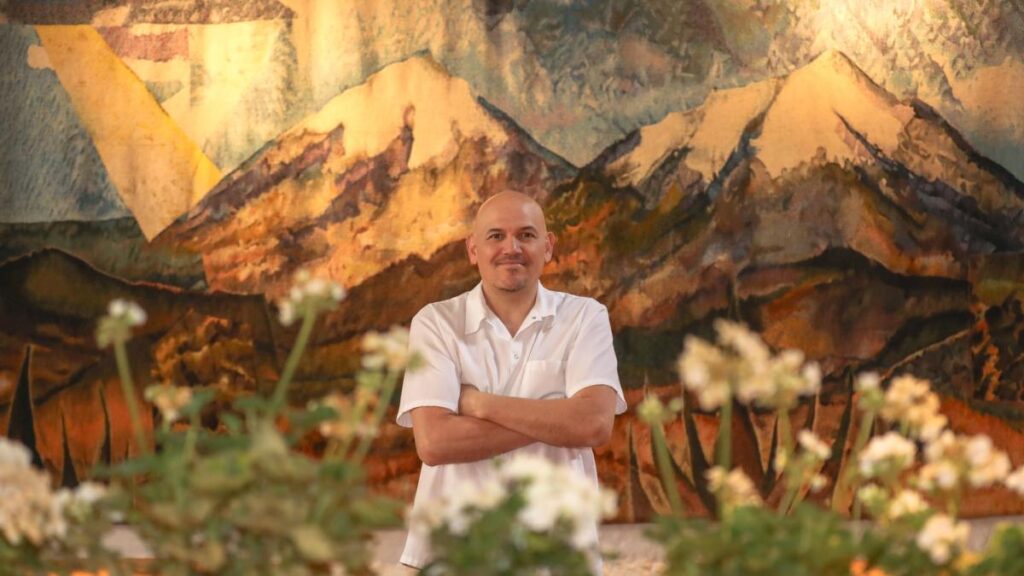Introduction
In 2024, Mexico City’s emblematic restaurant, Máximo Bistrot, was notably absent from the first edition of the Michelin Guide. The omission sparked controversy. However, in 2025, the restaurant finally received its well-deserved Michelin star. For chef Lalo García, this recognition goes beyond personal glory and serves as a catalyst for societal motivation.
The Chef’s Perspective
Lalo García views Michelin stars as collective medals that inspire, push, and pave the way. While he celebrates this achievement, he acknowledges the added pressure it brings to an already demanding profession. He emphasizes that the true significance lies in motivating a society lacking self-belief.
Maintaining Standards Without Losing the Soul
Contrary to expectations, Máximo Bistrot’s operations haven’t undergone drastic changes post-star acquisition. The intense service remains unchanged, with García stressing the importance of consistency and commitment from all team members. With 94 employees dedicated solely to this restaurant, maintaining high standards requires absolute focus and collaboration.
The Economic Impact
García highlights the positive economic impact of such recognition. Increased visibility leads to more customers, higher sales, and ultimately, improved working conditions for employees within Grupo Máximo. This group employs over 400 people, prioritizing fair wages, benefits, and growth opportunities.
The Changing Colonia Roma
Since opening in 2011, Máximo Bistrot has witnessed the dramatic transformation of Colonia Roma. García admits that when he arrived, the area was more affordable, but acknowledges the price surge and tensions resulting from rapid gentrification. He defends restaurants’ role in job creation while understanding the concerns of displaced residents.
Addressing Gentrification Criticisms
García criticizes the tendency to blame tourists, foreigners, or restaurateurs for gentrification. Instead, he advocates for clear regulations and solutions from local government. He also refutes claims that Roma’s cuisine no longer caters to Mexicans, asserting that his cooking aims to showcase Mexico’s excellence rather than cater to stereotypes.
Key Questions and Answers
- Q: How has Máximo Bistrot changed since receiving the Michelin star? A: The restaurant’s operations haven’t undergone drastic changes. The intense service remains, with a focus on consistency and commitment from all team members.
- Q: What does the Michelin star mean to Chef Lalo García? A: García views Michelin stars as collective medals that inspire and motivate society. He acknowledges the added pressure but emphasizes the importance of self-belief.
- Q: How has Colonia Roma’s transformation affected Máximo Bistrot? A: García admits to the area’s price surge and tensions from gentrification but defends restaurants’ role in job creation while understanding residents’ concerns.
- Q: How does García address criticisms of gentrification in Colonia Roma? A: García criticizes blaming tourists, foreigners, or restaurateurs and advocates for clear regulations from local government. He also refutes claims that Roma’s cuisine no longer caters to Mexicans.






